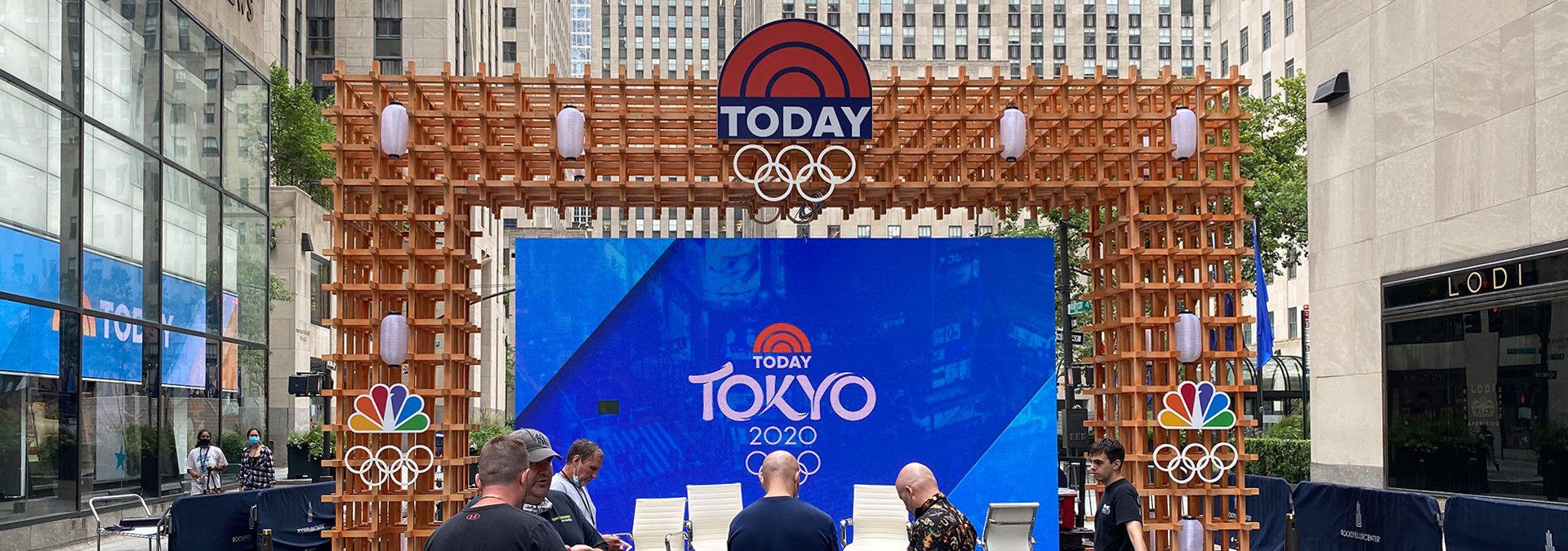Exploring the Diverse Connectivity Solutions Available for Light Emitting Diode Display Modules
Exploring the Diverse Connectivity Solutions Available for Light Emitting Diode Display Modules
Blog Article
Light Emitting Diode wall panels have secured traction for their ability to deliver crisp visuals in various settings, from professional environments to entertainment venues. One of the primary aspects of these systems is their interface options, which allow users to connect them to multiple devices and systems. Comprehending the broad input options available for LED wall panels is essential for maximizing their use and effectiveness. This discussion details these features, showcasing how they can adapt to various needs and preferences.
One frequent connection approach for Light Emitting Diode wall panels is High-Definition Multimedia Interface. HDMI is broadly known for transmitting crisp video and audio streams between devices. This interface type is particularly beneficial in commercial environments, such as meeting spaces or classrooms, where presentations or video content are often displayed. By using HDMI cables, users can seamlessly connect laptops, projectors, and streaming devices to LED wall panels, guaranteeing a clear and vibrant display of media.
Another commonly used connectivity method is Display Port, which is similar to HDMI but offers enhanced benefits. DisplayPort can support higher refresh rates and display outputs, making it an ideal choice for gaming or graphic-intensive applications. For those deploying Light Emitting Diode wall panels in environments where performance is essential, such as competitive gaming venues or creative workspaces, Display Port can provide the necessary visual clarity. Additionally, many modern computers and graphics cards feature Display Port connections, making it a practical option for tech-savvy professionals.
In contrast to HDMI and Display Port, cordless connectivity options are becoming increasingly common in LED wall panel technology. Wireless interfaces allow operators to share content without the need for physical cables, promoting a cleaner and more panel mount lights for walls adaptable configuration. Technologies such as Wi-Fi and Bluetooth allow users to link smartphones, tablets, and laptops seamlessly to LED wall panels without cumbersome wires. This convenience is particularly advantageous in fast-paced environments like trade shows or events, where quick adjustments to displays are often required.
For extensive deployments or more complex setups, network connectivity through Ethernet is another reliable solution. Ethernet connections provide a stable and robust way to integrate multiple Light Emitting Diode wall panels within a system. This setup is ideal for digital signage applications found in shopping malls or airports, where multiple panels may need to present coordinated content across a broad area. By using network cabling and routing hardware, operators can ensure that all connected panels receive uniform data and information seamlessly.
Finally, it's important to evaluate the evolution of interface technology with advancements such as Universal Serial Bus-C and Thunderbolt Three. These newer connection types offer increased data transfer speeds and flexibility by allowing one cable to handle both energy transfer and data exchange. As more devices adopt these protocols, Light Emitting Diode wall panels equipped with Type-C ports will likely become more prevalent. This shift in connectivity not only enhances the functionality of Luminescent Diode wall panels but also coincides with the emerging trend of minimalistic design in hardware arrangements by minimizing the number of wires required.
In summary, examining the diverse connectivity see this site options available for LED wall panels reveals many possibilities for operators across multiple industries. From conventional approaches like High-Definition Multimedia Interface and Display Port to contemporary cordless technologies and LAN setups, each pathway serves specific functions suited to distinct needs. Furthermore, next-gen technologies like Universal Serial Bus-C offer further developments in how professionals utilize Luminescent Diode wall panels. By grasping these integration alternatives, end-users can make informed selections that optimize their overall engagement with these multifunctional visual solutions.